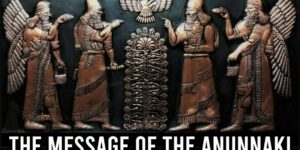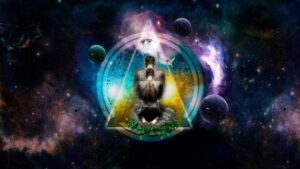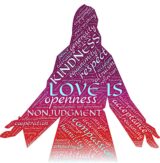Awaken the Spirit: Hack Seven "The Mystery of the MEs"

The MEs, often referred to as the “Tablets of Destiny,” are legendary artifacts described in Sumerian mythology. These divine decrees encapsulate the essence of civilization, governing everything from leadership and law to art and spirituality. Believed to have been gifted by the Anunnaki, the MEs hold the key to understanding the interplay between cosmic order and human advancement.
- Creation of Humankind: One of the key myths is that the Anunnaki created human beings. According to the Enki and Ninmah myth, the Anunnaki fashioned humans out of clay and imbued them with the breath of life, allowing them to serve as laborers. This was perhaps the most fundamental “contribution” — the creation of humanity itself. Does this story sound familiar?
- Agriculture and Civilization: The Anunnaki were believed to have taught humanity the skills necessary for agriculture, writing, and other basic technologies. For example, the god Enki is often associated with the gifts of civilization, including the knowledge of farming, irrigation, and various forms of craft and building. The Anunnaki are also credited with the establishment of laws, often embodied in the form of written codes.
- Writing and Record-Keeping: The Sumerians, under the guidance of their gods (including the Anunnaki), developed the earliest known system of writing — cuneiform. This was crucial for the development of bureaucracy, trade, and the recording of religious texts, laws, and historical events.
- Religion and Governance: The Anunnaki were seen as the divine figures overseeing not only the natural world but also the social and political order of Sumerian society. Kings were often thought to rule as representatives of the Anunnaki, and their authority was believed to derive directly from the gods. Temples to the Anunnaki were established throughout Mesopotamia, and their priests and priestesses held great power.
- Astronomical Knowledge: The Anunnaki were also associated with the heavens and were believed to possess advanced knowledge of astronomy and the celestial bodies. This knowledge was essential for the development of calendars, timekeeping, and agricultural cycles.
how did the anunnaki create humankind
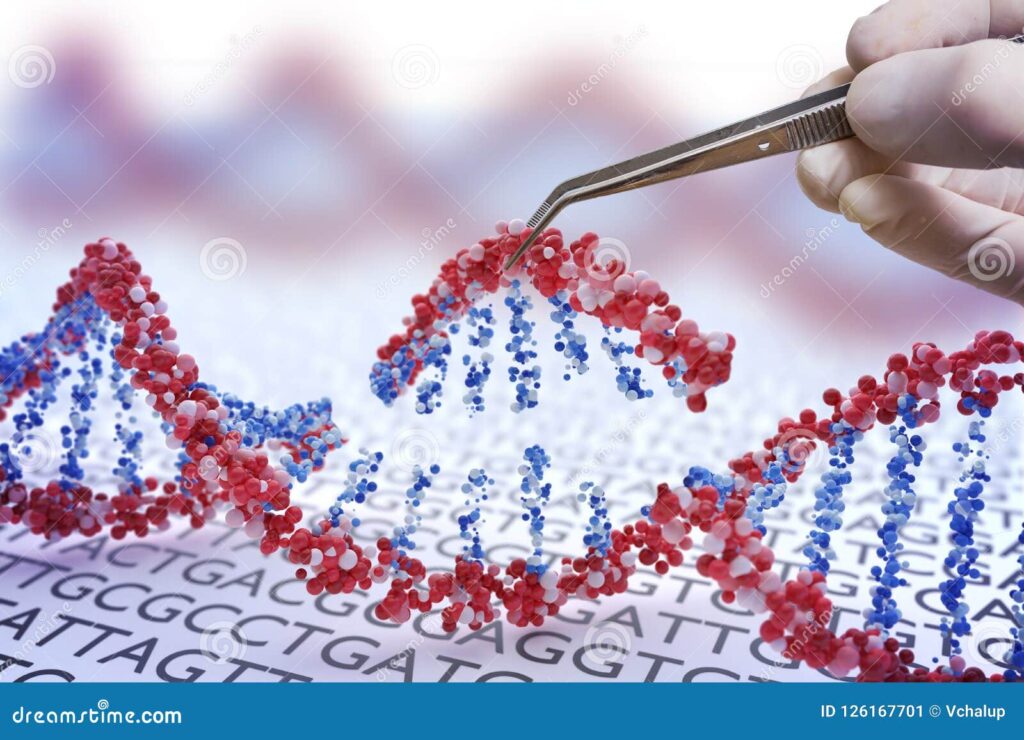
The Anunnaki’s purported use of MEs, the Tablet of Destinies, the Weapons of Terror, and the Great Calamity are elements that feature prominently in Mesopotamian mythology, particularly in Sumerian and Akkadian texts. While interpretations vary, these concepts are often associated with divine authority, cosmic order, and the exercise of power. Here’s an overview of each:
- MEs: MEs are a set of divine decrees or powers that encompass various aspects of civilization, including knowledge, wisdom, craftsmanship, and societal norms. In Sumerian mythology, the MEs are often described as physical objects, tablets, or stones that embody these abstract concepts. According to mythological texts such as the “Enuma Elish” and the “Epic of Gilgamesh,” the MEs were originally possessed by the god Enki (Ea), who bestowed them upon humanity.
The MEs represent the fundamental principles and skills that govern human civilization, such as writing, agriculture, craftsmanship, and justice. They are considered essential for maintaining order and prosperity in the world. In some myths, the theft or loss of certain MEs is associated with chaos and upheaval, highlighting their importance in maintaining cosmic balance.
- Tablet of Destinies: The Tablet of Destinies is a powerful artifact that is said to confer control over the fates and destinies of gods and mortals alike. In Mesopotamian mythology, the Tablet is often associated with the god Enlil, who is depicted as the supreme ruler of the pantheon and the keeper of divine decrees.
According to mythological texts, including the “Epic of Gilgamesh,” the Tablet of Destinies grants its possessor authority over the heavens and the earth. It symbolizes the cosmic order and the divine right to rule. In some myths, the Tablet is stolen or contested by various deities, leading to conflicts and struggles for power.
- Weapons of Terror: The Weapons of Terror, also known as the “Seven Divine Weapons,” are a set of mythical weapons wielded by the gods in Mesopotamian mythology. These weapons are imbued with supernatural powers and are capable of causing destruction on a cosmic scale. The exact nature of these weapons varies in different texts, but they are often associated with storms, earthquakes, floods, and other natural disasters.
In mythological narratives, the gods sometimes employ the Weapons of Terror to punish disobedient humans or to assert their dominance over rival deities. These weapons symbolize the awesome power and authority of the gods, as well as the capricious nature of the natural world.
- The Great Calamity: The Great Calamity is a mythological event often depicted in Mesopotamian texts as a catastrophic flood that destroys all life on earth. The most famous account of the Great Calamity is found in the “Epic of Gilgamesh,” where the hero Gilgamesh learns of the impending flood from the god Ea and builds an ark to save himself, his family, and various animals from the deluge. The Great Calamity is typically interpreted as a mythological expression of natural disasters and the unpredictability of the natural world. It serves as a reminder of the gods’ power to punish humanity for its transgressions and the importance of divine intervention in preserving order and balance in the cosmos.
In summary, MEs, the Tablet of Destinies, the Weapons of Terror, and the Great Calamity are all key elements in Mesopotamian mythology that reflect the ancient Mesopotamians’ beliefs about the nature of divinity, cosmic order, and the relationship between gods and mortals. While these concepts are rooted in mythological symbolism, they also provide insights into the cultural, religious, and philosophical beliefs of ancient Mesopotamian society.
here is a list of mes
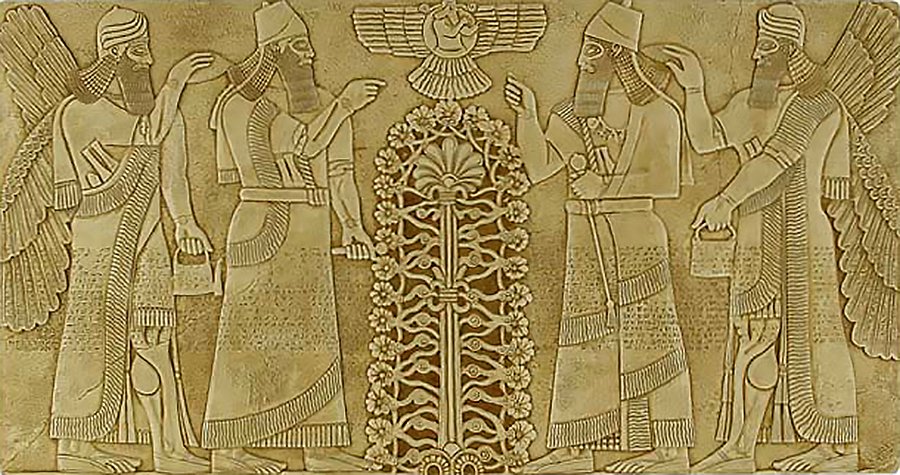
The concept of the Anunnaki and the MEs (divine decrees or powers) they used is rooted in Sumerian mythology. The MEs are considered fundamental aspects of civilization, encompassing various elements of culture, society, and technology, granted by the gods to humans to ensure the smooth functioning of society. These decrees were believed to be stored in the Ekur temple and guarded by the god Enlil.
Here is a list of some of the MEs attributed to the Anunnaki:
- Kingship
- High priesthood
- Divine law
- Truth
- Descent into the netherworld
- Ascent from the netherworld
- Art of lovemaking
- Speech
- Weapons
- Music
- Crafts (including woodworking, metalworking, and leatherworking)
- Writing
- Mathematics
- Clothing
- Construction
- Agriculture
- Herding
- Wisdom
- Purification
- Victory
- Justice
- Decision-making
- Heroism
- Power
- Combat
- Drinking
- Celebrations
- Mourning
- Festivities
- Trades and professions
- Rituals
- Sacrifices
- Astrology
- Divination
- Healing
- Disease
- Health
- Commerce
- Trade
- Travel
- Navigation
- Wealth
- Poverty
- Friendship
- Enmity
- Knowledge
- Ignorance
- Faith
- Doubt
- Love
- Drinking
- Celebrations
- Mourning
- Festivities
- Trades and professions
- Rituals
- Sacrifices
- Astrology
- Divination
- Healing
- Disease
- Health
- Commerce
- Trade
- Travel
- Navigation
- Wealth
- Poverty
- Friendship
- Enmity
- Knowledge
- Ignorance
- Faith
- Doubt
- Love
- Hate
- Joy
- Sorrow
- Laughter
- Weeping
- Beauty
- Ugliness
- Grace
- Clumsiness
- Strength
- Weakness
- Courage
- Cowardice
- Leadership
- Servitude
- Influence
- Rebellion
- Obedience
- Lawmaking
- Law enforcement
- Hunting
- Fishing
- Cooking
- Brewing
- Divinity
summary
The concept of MEs (divine decrees, powers, or blueprints of creation) serves as a cornerstone for understanding the Anunnaki’s influence on humanity’s early development. These sacred codes, described in ancient Sumerian texts, encapsulated the principles of civilization—laws, rituals, technologies, and even genetic knowledge. By wielding the MEs, the Anunnaki shaped human societies, granting advancements that were perceived as divine gifts while establishing a framework of power and hierarchy. This interplay between divine intervention and human evolution raises profound questions about the origins of our history and the purpose of these celestial “blueprints.”
As we trace the legacy of the MEs through the ages, a broader narrative begins to emerge—one that intertwines the celestial with the earthly, shaping humanity’s spiritual and material journey. To further explore this trajectory, we now turn to a detailed timeline of key events, charting the pivotal moments in the intersection of extraterrestrial influence, religious evolution, and human progress.
